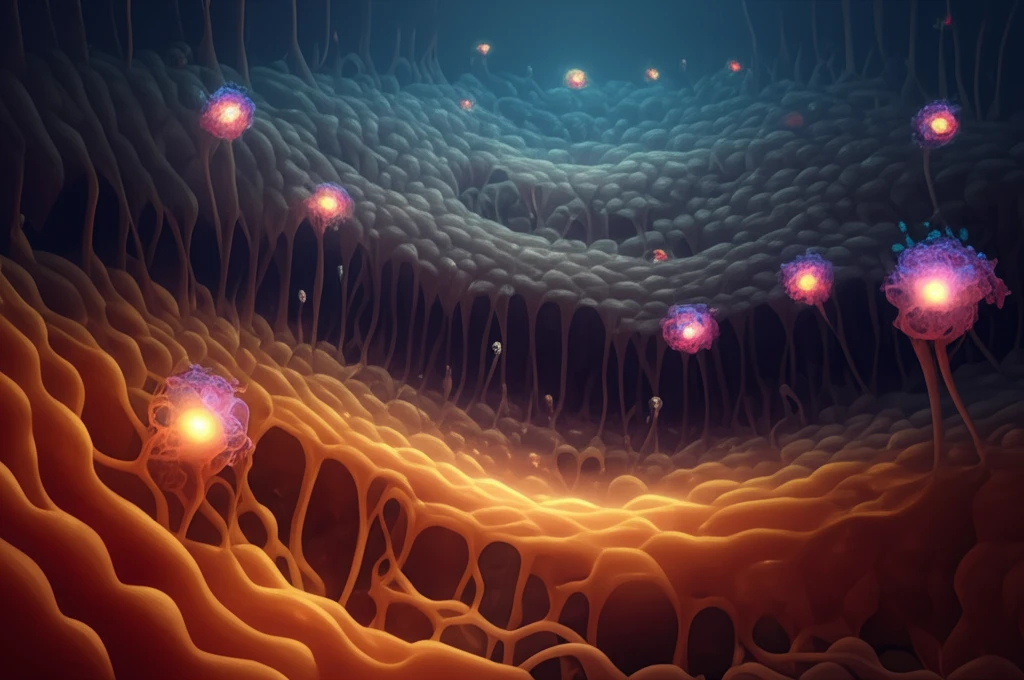
Unlock the Secrets of Polymer Membranes: How Free Volume Changes Everything
"Dive into the groundbreaking science of poly(ether imide) membranes and discover how understanding 'free volume' could revolutionize material design."
Imagine materials so advanced, they redefine what's possible in aerospace, filtration, and energy. The secret to unlocking this potential lies in understanding something called 'free volume' within polymers. Polymers, like specially designed poly(ether imide)s (PEIs), aren't just solid blocks; they contain tiny, almost invisible spaces that dramatically affect their properties.
Think of these spaces as microscopic playgrounds for molecules. The size, distribution, and connectivity of this "free volume" dictate how gases move through a membrane, how well a material resists heat, and even how it responds to stress. However, directly observing and quantifying these spaces has been a monumental challenge—until now.
Enter Positron Annihilation Lifetime Spectroscopy (PALS) and Doppler Broadening (DB), two cutting-edge techniques that allow scientists to 'see' and measure this free volume with unprecedented precision. By understanding how to manipulate free volume, we can create materials tailored for specific tasks.
The Quest to Visualize Nothing: Unveiling Free Volume

The study of free volume in polymers is like exploring an uncharted territory. Traditionally, scientists knew these spaces existed, influencing everything from a material's flexibility to its ability to filter substances. However, they lacked the tools to accurately map this internal landscape. This limitation spurred the development of sophisticated methods like PALS and DB.
- PALS (Positron Annihilation Lifetime Spectroscopy): Measures the lifetime of positrons in a material to determine the size and concentration of free-volume holes.
- Doppler Broadening (DB): Analyzes the energy spectrum of gamma rays emitted during positron annihilation, providing insight into the momentum of the electrons and positrons involved.
- The Power of Combined Techniques: Using PALS and DB together offers a more comprehensive understanding of the free-volume properties of polymers.
A New Era for Material Design
The ability to precisely measure and manipulate free volume opens up exciting possibilities. Imagine designing polymer membranes with optimized pore sizes for highly efficient water filtration or creating lightweight, ultra-strong materials for aerospace applications. As these techniques evolve, we can expect to see even more revolutionary advancements, paving the way for a new generation of materials with unprecedented performance.
